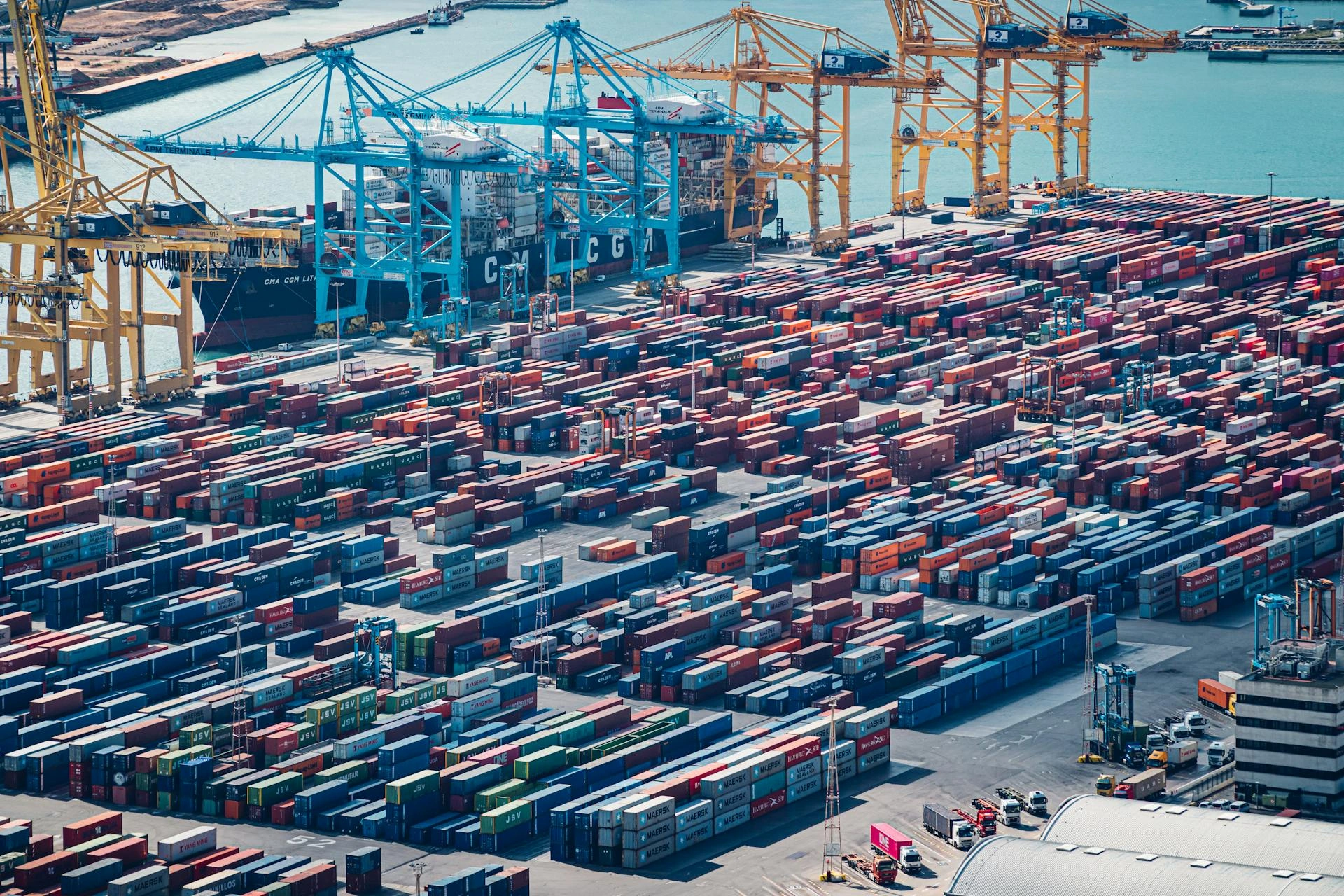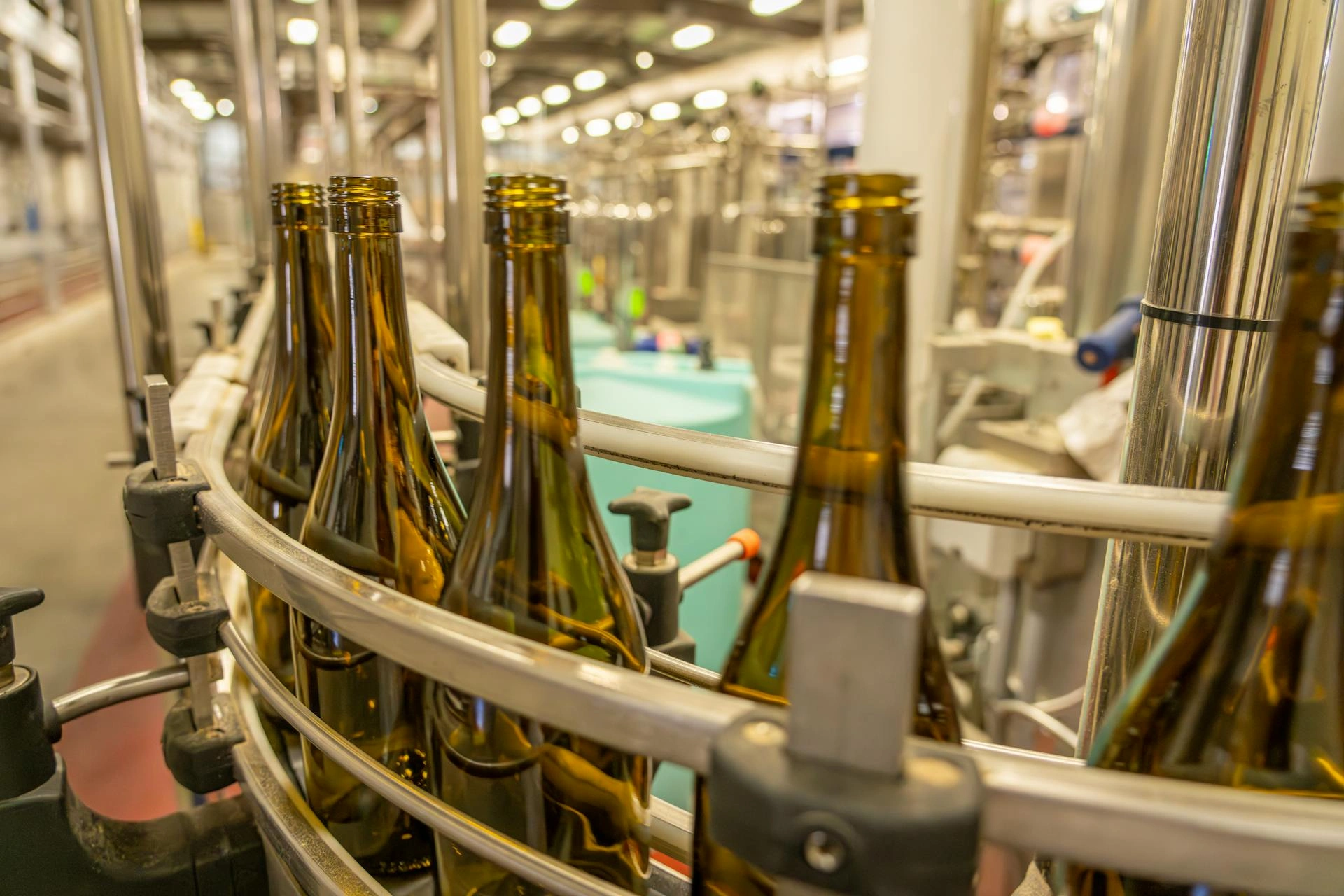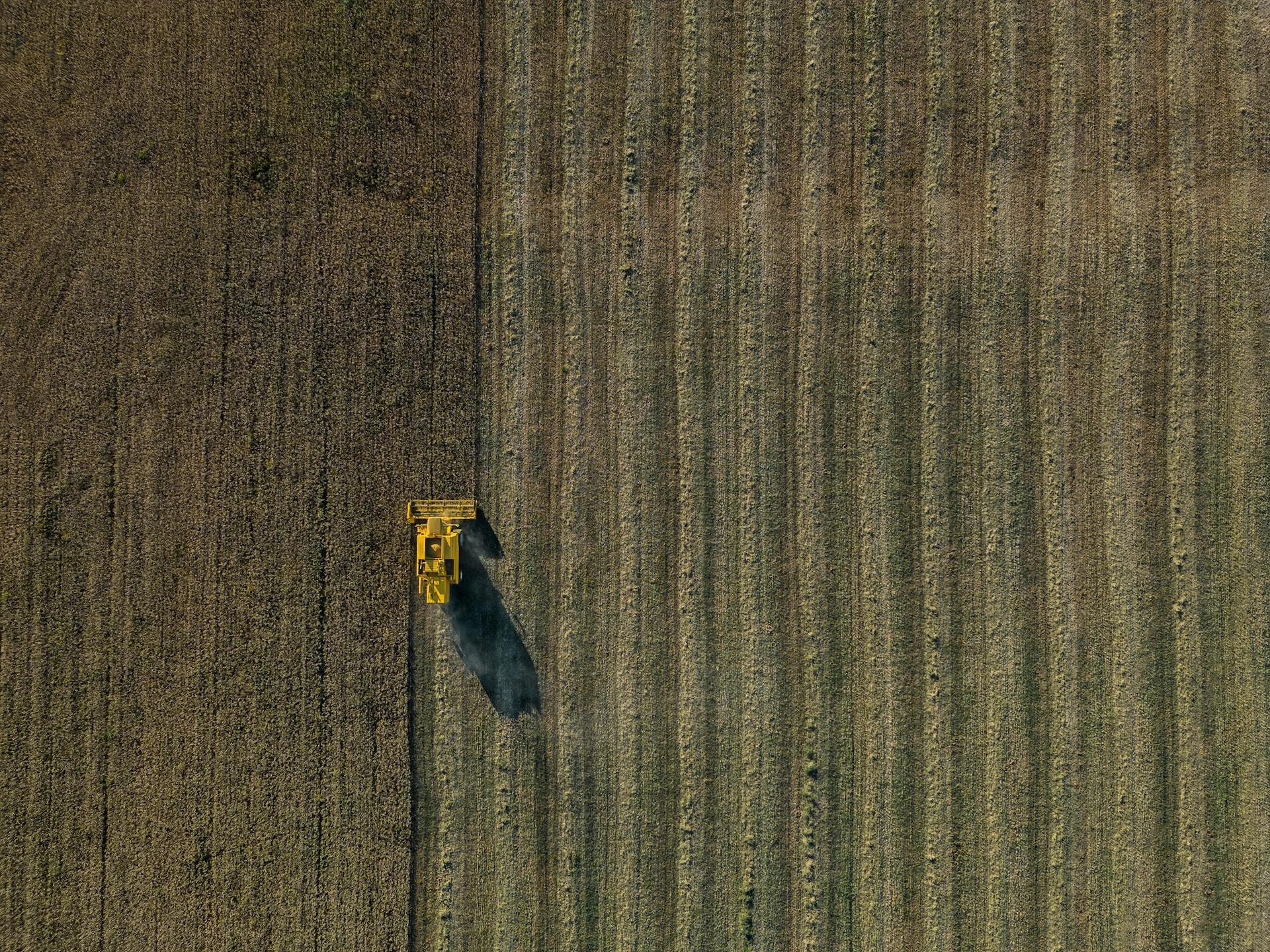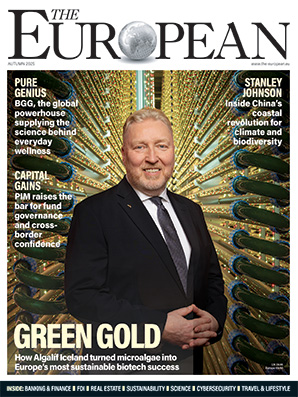Seaweed and wind turbines: the unlikely climate double act making waves in the North Sea

John E. Kaye
- Published
- News, Sustainability
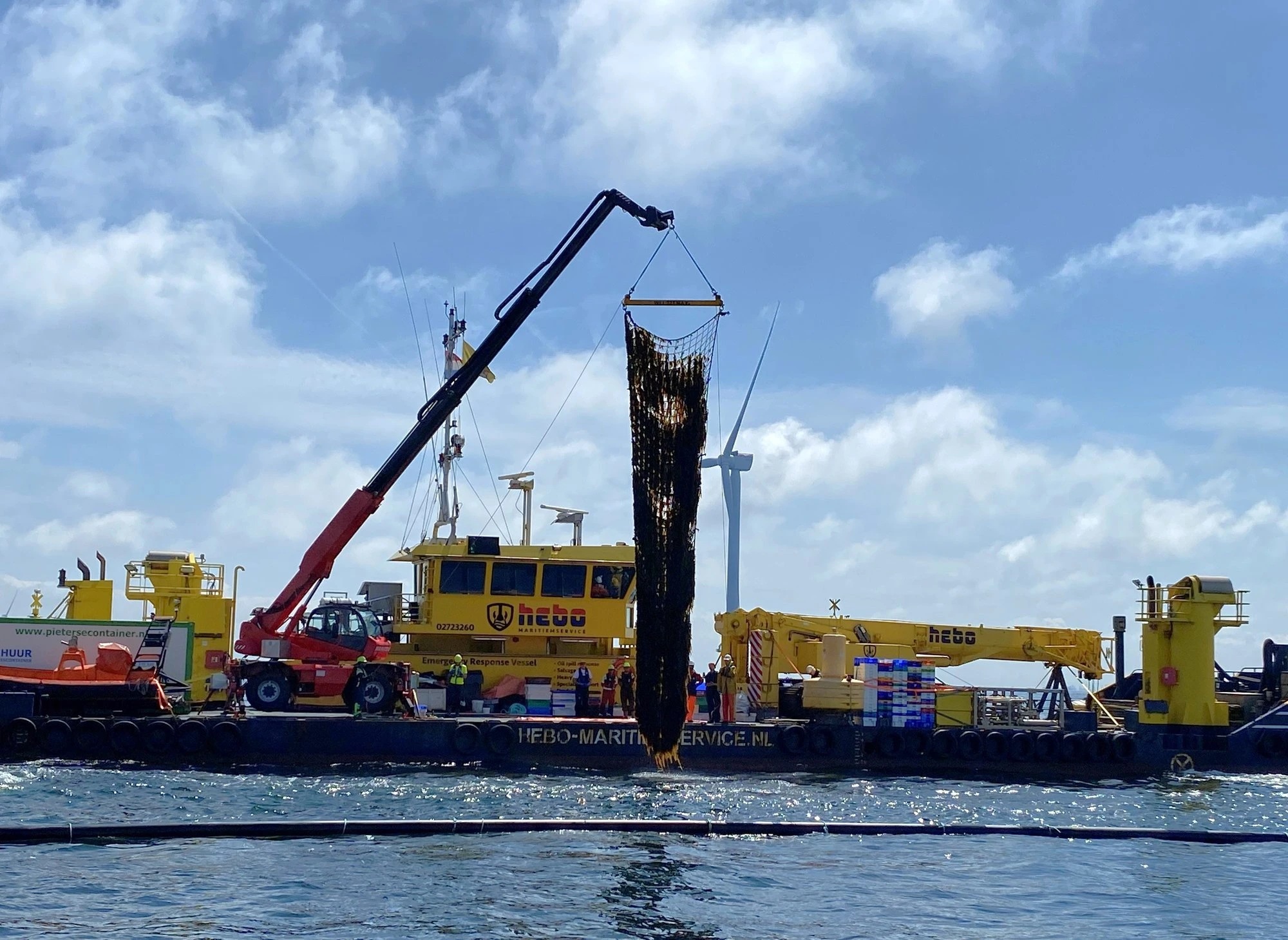
In a quiet corner of the North Sea, something remarkable is happening between the towering blades of offshore wind turbines: farmers are growing seaweed
This week, the world’s first large-scale seaweed farm built inside a wind farm has completed its first harvest in a development that scientists say could be the beginning of a whole new kind of climate solution.
The project, called North Sea Farm 1, sits off the coast of Scheveningen in the Netherlands. From the surface, it looks like any other offshore wind installation. But suspended beneath the waves are long lines seeded with fast-growing seaweed, stretching across five hectares of water — roughly the size of seven football pitches.
Seaweed may not sound revolutionary, but researchers believe it could play a serious role in tackling the climate and biodiversity crises. Like plants on land, seaweed absorbs carbon dioxide as it grows. And because it doesn’t need fertiliser, fresh water or farmland, it could help ease pressure on overstretched agricultural systems while creating habitats for marine life at the same time.
Crucially, the farm makes use of space that would otherwise go unused. Offshore wind farms are off-limits to shipping and fishing, meaning the seaweed lines can grow undisturbed in the gaps between the turbines.
The farm was created by North Sea Farmers with €2 million funding from Amazon’s Right Now Climate Fund.
Speaking yesterday, Eva Faict, Amazon’s Netherlands and Belgium country manager, said: “The inaugural harvest of North Sea Farm 1 is a significant moment.
“Together with North Sea Farmers, we have proven that cultivated seaweed farming among offshore wind turbines is a viable commercial concept.”
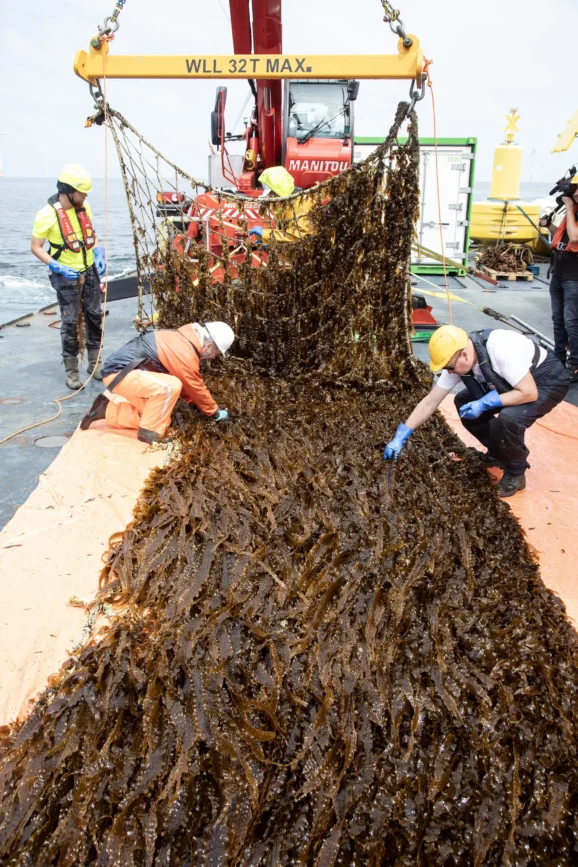
The harvesting process involves the use of a specially adapted vessel that sails between the turbines and collects seaweed from nets anchored to the seabed.
For scientists, this first harvest is the start of a detailed investigation into what seaweed farming can offer the planet.
Teams from Plymouth Marine Laboratory, Deltares, and Silvestrum Climate Associates have been tracking the project with satellite data and site visits, measuring how much carbon the seaweed captures and how it affects the surrounding ecosystem.
Professor Ana M Queirós, Plymouth Marine Laboratory’s Climate Change Lead, said: “We’re very excited to understand the effects of the seaweed farm on the immediate and surrounding marine environment. Our analysis will follow the carbon from the seawater into the seaweed and the environment, and any effects on biodiversity.
“It’s vital projects like this are underpinned with rigorous scientific evidence, particularly given the urgency of the climate and biodiversity crisis and the need to find scalable mitigation measures that produce genuinely beneficial and sustainable outcomes.”
According to Eef Brouwers, Managing Director of North Sea Farmers, the goal is to show that offshore seaweed farming can also be done at commercial scale.
“Through ongoing scientific research, we aim to demonstrate whether farms like this can have a positive long-term impact on both biodiversity and climate change mitigation,” he said. “At the same time, we’re proving that seaweed production within an existing offshore infrastructure is possible at a commercial scale.”
Main image: Harvest at world’s first commercial-scale seaweed farm located between wind turbines provides researchers with valuable insights into seaweed cultivation. Credit: North Sea Farmers
Sign up to The European Newsletter
RECENT ARTICLES
-
 UK and South Korea finalise upgraded free trade agreement
UK and South Korea finalise upgraded free trade agreement -
 Trump lawsuit against BBC raises questions over legal pressure on European public broadcasters
Trump lawsuit against BBC raises questions over legal pressure on European public broadcasters -
 UK government sets up Women in Tech taskforce amid gender imbalance concerns
UK government sets up Women in Tech taskforce amid gender imbalance concerns -
 Mycelium breakthrough shows there’s mush-room to grow in greener manufacturing
Mycelium breakthrough shows there’s mush-room to grow in greener manufacturing -
 Marriott strengthens South African portfolio with new Autograph Collection hotel in Cape Town
Marriott strengthens South African portfolio with new Autograph Collection hotel in Cape Town -
 Oxford to host new annual youth climate summit on UN World Environment Day
Oxford to host new annual youth climate summit on UN World Environment Day -
 Countdown to Davos 2026 as Switzerland gears up for the most heated talks in years
Countdown to Davos 2026 as Switzerland gears up for the most heated talks in years -
 Paribu buys CoinMENA in USD 240m deal as regional crypto markets consolidate
Paribu buys CoinMENA in USD 240m deal as regional crypto markets consolidate -
 AI innovation linked to a shrinking share of income for European workers
AI innovation linked to a shrinking share of income for European workers -
 African airspace overhaul set to shorten flight times for European travellers
African airspace overhaul set to shorten flight times for European travellers -
 Exclusive: Global United Nations delegates meet in London as GEDU sets out new cross-network sustainability plan
Exclusive: Global United Nations delegates meet in London as GEDU sets out new cross-network sustainability plan -
 Fast fashion brands ‘greenwash’ shoppers with guilt-easing claims, study warns
Fast fashion brands ‘greenwash’ shoppers with guilt-easing claims, study warns -
 Europe’s shrinking middle class is turning to the radical right, new study suggests
Europe’s shrinking middle class is turning to the radical right, new study suggests -
 Private sector set to overtake government as main driver of corporate sustainability in 2026, report suggests
Private sector set to overtake government as main driver of corporate sustainability in 2026, report suggests -
 Europe emphasises AI governance as North America moves faster towards autonomy, Digitate research shows
Europe emphasises AI governance as North America moves faster towards autonomy, Digitate research shows -
 JPMorgan plans multibillion-pound tower in Canary Wharf
JPMorgan plans multibillion-pound tower in Canary Wharf -
 Strong workplace relationships linked to higher initiative among staff, study finds
Strong workplace relationships linked to higher initiative among staff, study finds -
 Brexit still hitting poorest hardest as food costs rise and mental health worsens
Brexit still hitting poorest hardest as food costs rise and mental health worsens -
 Global crises reshape household food habits, major review finds
Global crises reshape household food habits, major review finds -
 Sir Trevor McDonald honoured at UWI London Benefit Dinner celebrating Caribbean achievement
Sir Trevor McDonald honoured at UWI London Benefit Dinner celebrating Caribbean achievement -
 Adelphi Masterfil acquires Karmelle to bolster UK machinery manufacturing
Adelphi Masterfil acquires Karmelle to bolster UK machinery manufacturing -
 Cost-of-living pressures push London staff to seek practical perks
Cost-of-living pressures push London staff to seek practical perks -
 AI and scent-science firm Arctech expands into agriculture with Rothamsted base
AI and scent-science firm Arctech expands into agriculture with Rothamsted base -
 Malta PM says future growth hinges on stronger higher-education system
Malta PM says future growth hinges on stronger higher-education system -
 Golden visa surge sets the stage for InvestPro Greece 2025
Golden visa surge sets the stage for InvestPro Greece 2025



















